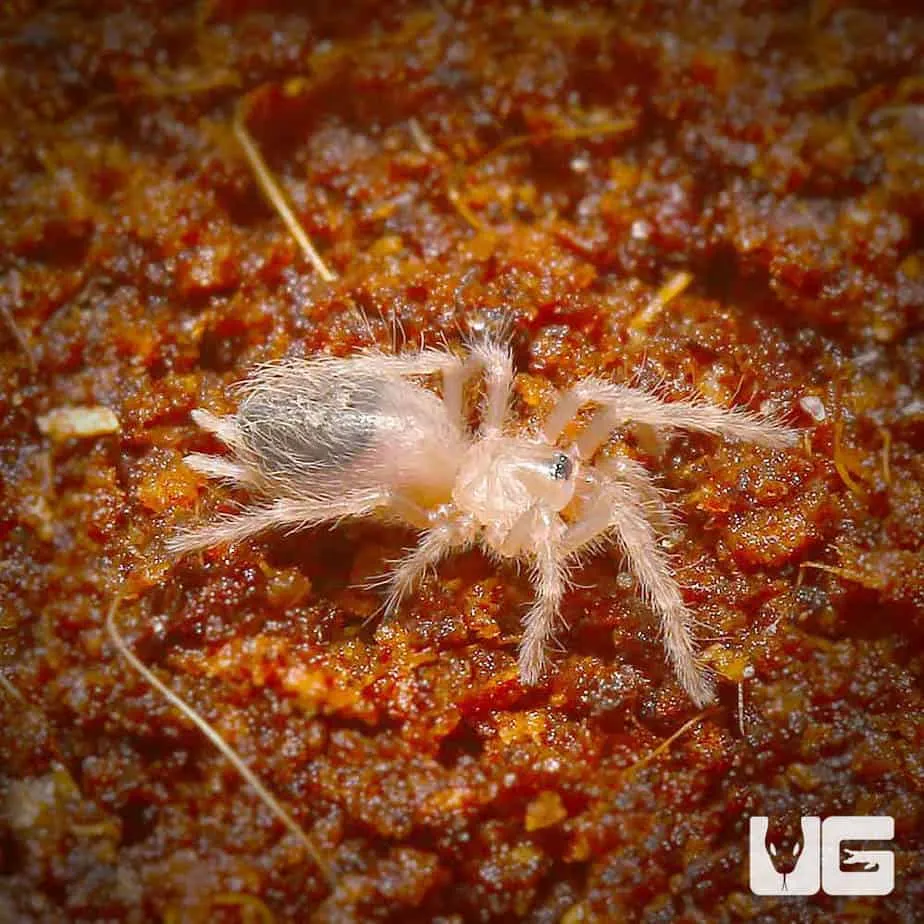Choosing Your Brazilian Red and White Tarantula
Embarking on the journey of owning a Brazilian Red and White Tarantula (Nhandu chromatus) is an exciting experience. These captivating creatures, known for their striking coloration and relatively docile temperament, can make rewarding pets. Before bringing one home, thorough research and preparation are essential to ensure the well-being of your new companion. This comprehensive care sheet will guide you through every step, from selecting a healthy tarantula to maintaining its habitat and understanding its needs.
Where to Buy Your Tarantula
The first step involves finding a reputable source. Local reptile expos and specialized pet stores are excellent options, as they often have knowledgeable staff who can provide advice and ensure the tarantulas are healthy. Online breeders can also be a viable choice, but it’s crucial to research their reputation by reading reviews and testimonials before making a purchase. Prioritize breeders who prioritize the health and welfare of their tarantulas. Avoid purchasing from sources that seem unprofessional or have a history of selling sick or neglected animals. Always inquire about the tarantula’s origin, age, and feeding history to ensure you’re making an informed decision.
Identifying a Healthy Tarantula
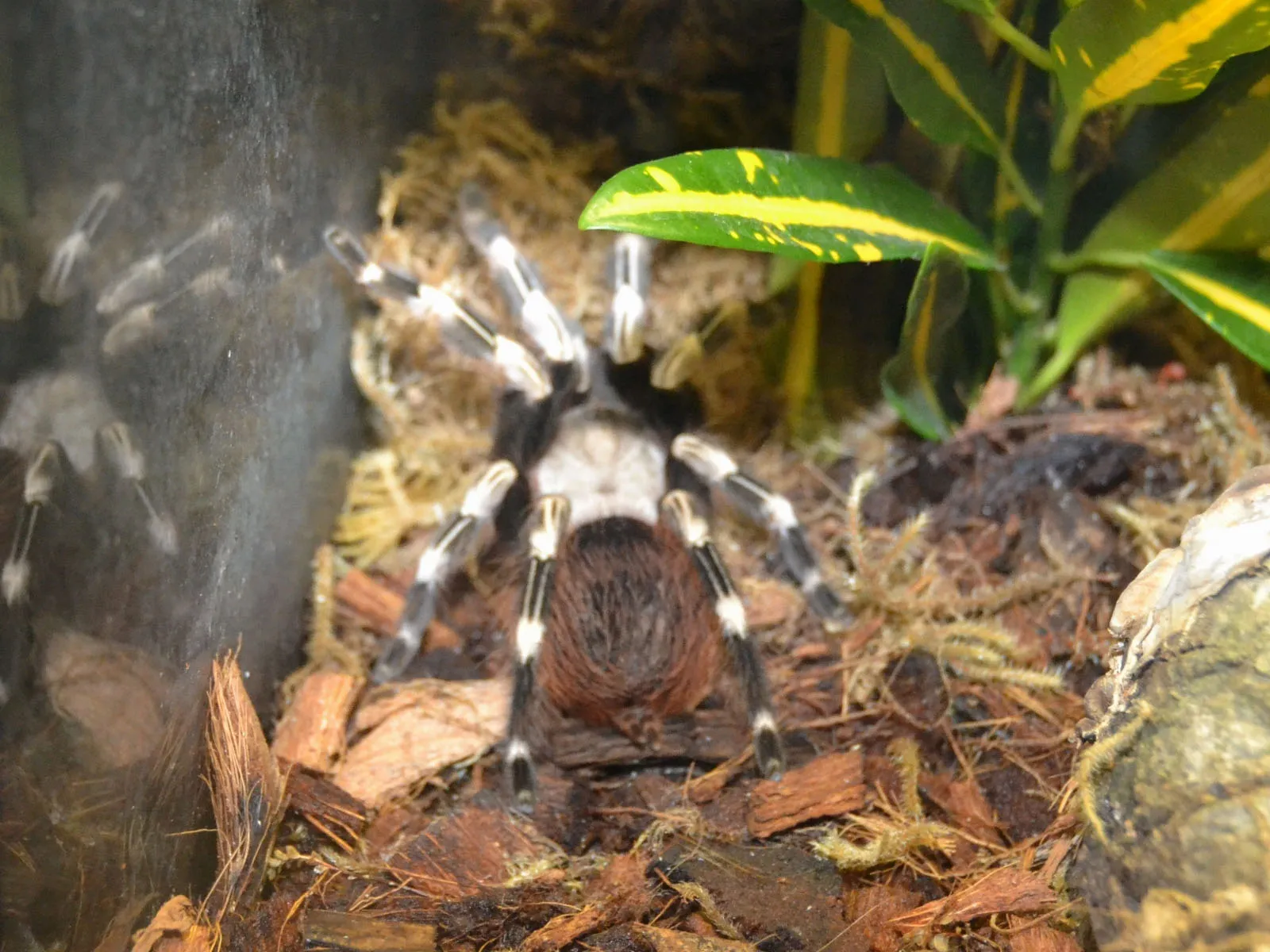
When selecting your tarantula, observe its behavior and physical condition. A healthy Brazilian Red and White Tarantula should be alert, with a robust abdomen, and no visible signs of injury or mites. Check for any missing limbs or bald spots. A healthy tarantula will exhibit a slight defensive posture if disturbed, but should not appear lethargic or weak. The presence of a full abdomen indicates the tarantula has been feeding well. Furthermore, observe the enclosure conditions; a clean enclosure reflects good care. Check the tarantula’s fangs for damage, which might indicate it is having difficulties feeding. Also, avoid a tarantula that appears too thin or emaciated. If you notice any of these signs, it’s best to choose another tarantula.
Setting Up the Perfect Enclosure
Creating a suitable habitat is paramount to your tarantula’s health and happiness. The enclosure should mimic its natural environment, providing the right conditions for it to thrive. This involves carefully selecting the appropriate enclosure size, substrate, temperature, humidity, and decor. The setup should not only meet the tarantula’s physical needs but also offer opportunities for natural behaviors, such as burrowing and hiding. A well-designed enclosure minimizes stress and increases the likelihood of your tarantula living a long, healthy life. Properly designed enclosures also make it easier to observe and monitor the tarantula, and they help prevent escapes.
Enclosure Size and Type
For juvenile Brazilian Red and White Tarantulas, a 5-10 gallon enclosure is usually sufficient. As they grow, they will require a larger space, so consider a 10-20 gallon tank for adults, with dimensions that allow ample floor space for movement. A terrestrial tarantula, like this species, needs more floor space than height. Glass terrariums with secure lids are ideal because they offer good ventilation and visibility. Ensure the lid is secure to prevent escapes. Acrylic enclosures are another option; they are lightweight and provide excellent insulation. Avoid enclosures with unnecessary decorations or sharp objects that could injure your tarantula. Remember to consider your tarantula’s eventual adult size and plan accordingly.
Substrate Essentials
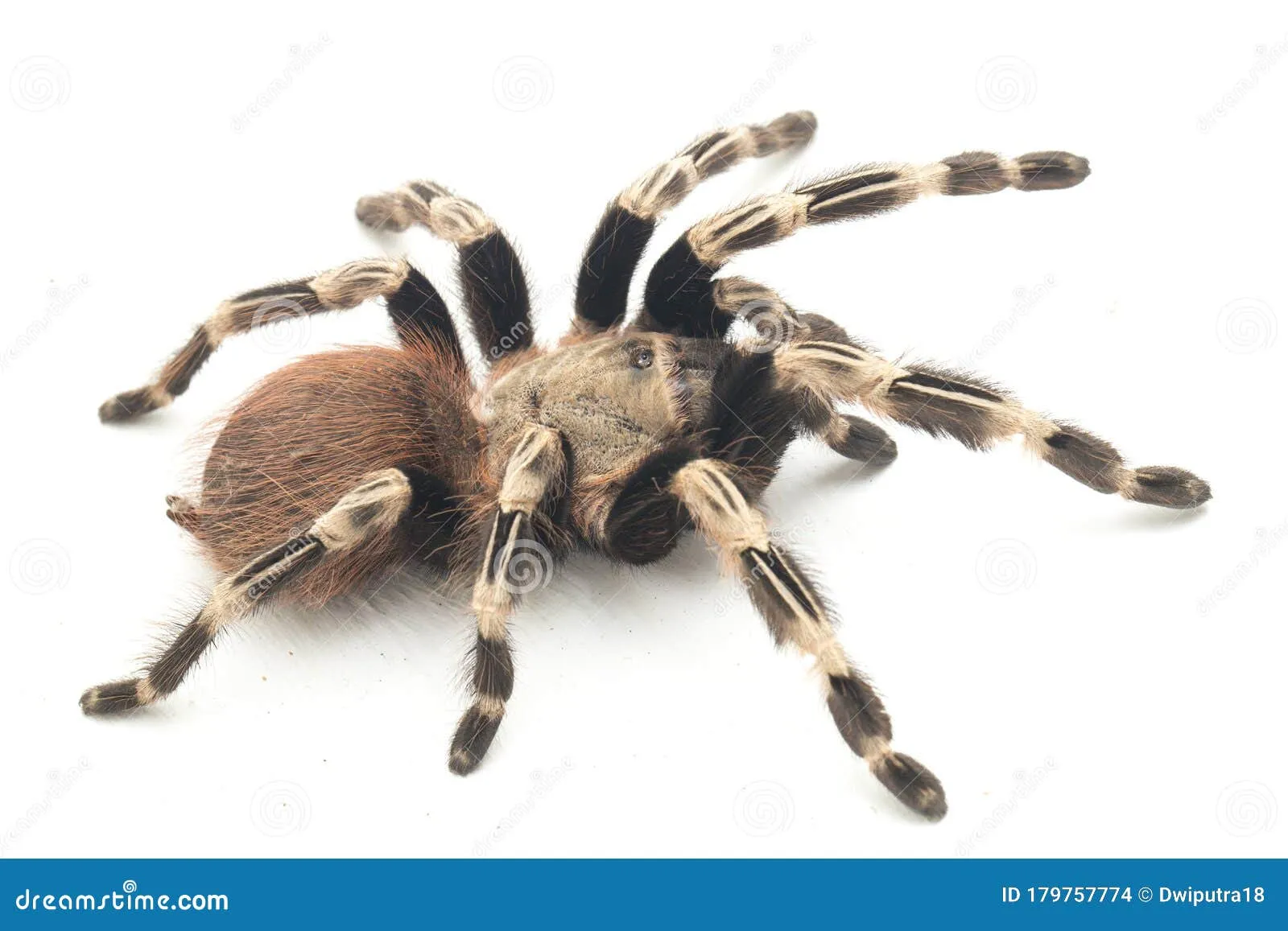
The substrate is a crucial element of the enclosure. It should provide a natural environment for burrowing and maintaining humidity. A mixture of coconut fiber, peat moss, and a small amount of vermiculite is an excellent choice. The substrate should be deep enough to allow your tarantula to burrow, usually around 4-6 inches. Avoid using materials that could be harmful, such as cedar or pine shavings. These can be toxic to tarantulas. Always make sure the substrate is clean and free of any pesticides or chemicals. Regularly check for mold and replace the substrate as needed. The right substrate not only supports your tarantula’s physical needs but also provides a more natural and enriching environment.
Temperature and Humidity Control
Brazilian Red and White Tarantulas thrive in a temperature range of 75-85°F (24-29°C). Use a heat mat or a low-wattage heat lamp attached to a thermostat to regulate the temperature. Place the heat source on one side of the enclosure to create a thermal gradient, allowing the tarantula to move to areas of different temperatures. Humidity should be maintained between 65-75%. Use a hygrometer to monitor humidity levels accurately. To increase humidity, mist the enclosure with dechlorinated water every few days. Proper ventilation is essential to prevent mold and maintain air quality. Ensure that the enclosure has adequate air circulation to avoid stagnant air conditions.
Providing Hiding Places and Decor
Tarantulas are prone to stress, so providing hiding places is essential. A cork bark hide, a half-log, or even an artificial cave will give your tarantula a secure retreat. Place the hide on the cooler side of the enclosure to allow the tarantula to thermoregulate. Adding artificial plants, such as silk plants, can further enhance the environment and provide climbing opportunities. Avoid using sharp or rough decor that could injure your tarantula during molting. The enclosure should also provide a water dish for drinking. Ensure that the decor is secure and will not fall or crush your tarantula. Creating a diverse and enriching environment minimizes stress and promotes natural behaviors.
Feeding Your Brazilian Red and White Tarantula
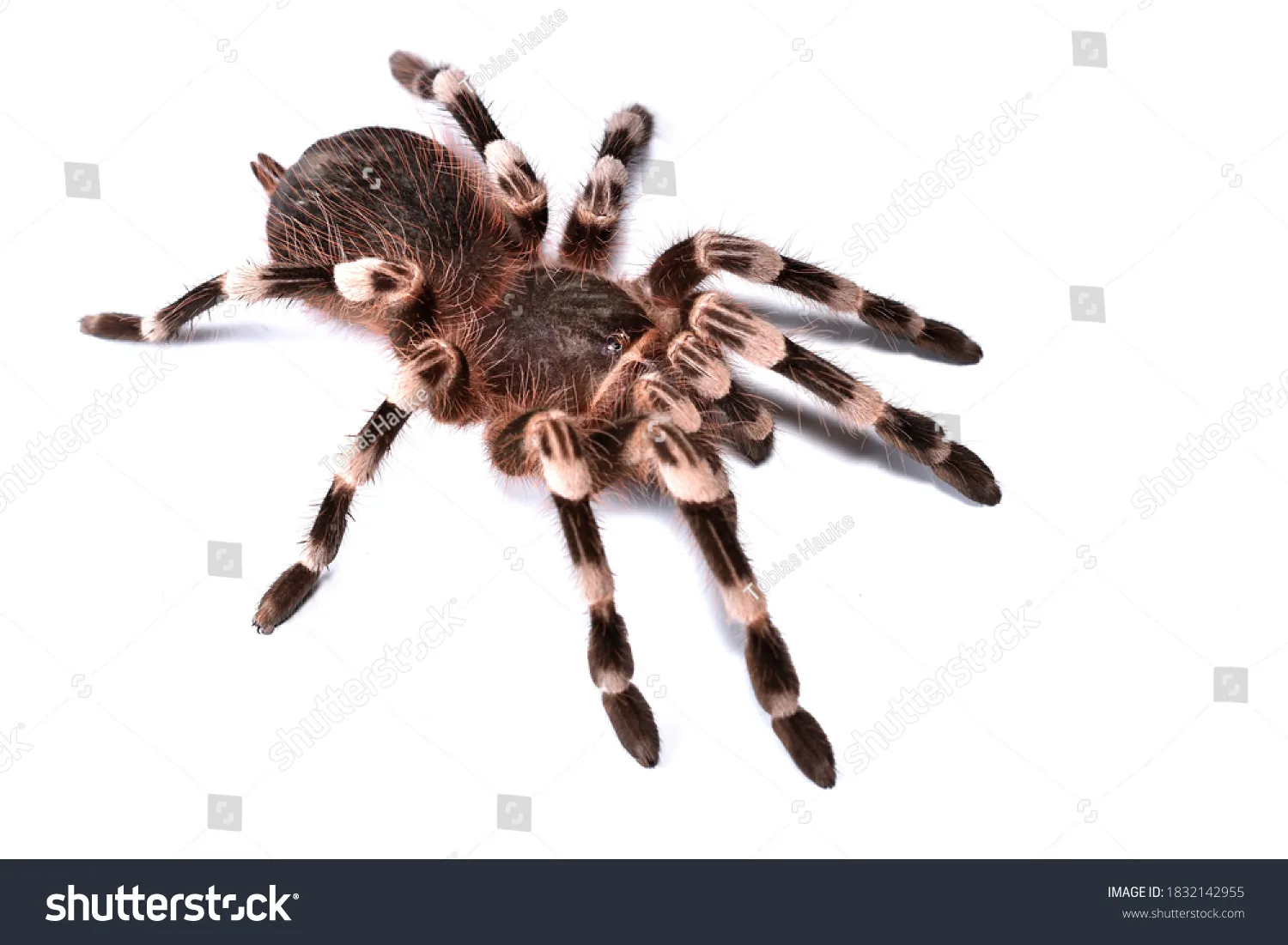
Proper feeding is essential to maintaining your tarantula’s health and promoting growth. Understanding the appropriate food choices, feeding frequency, and portion size will help ensure that your tarantula receives the necessary nutrition. Monitor your tarantula’s feeding habits and adjust your approach based on its individual needs. Always provide fresh water and maintain a clean enclosure to prevent health issues. The correct feeding regime strengthens the tarantula’s immune system and promotes overall well-being.
Appropriate Food Choices
Brazilian Red and White Tarantulas are primarily insectivores. The staple diet should consist of insects readily available at pet stores, such as crickets, roaches, mealworms, and superworms. Gut-load the insects with nutritious food, such as fruits and vegetables, before feeding them to your tarantula. This will ensure that your tarantula receives optimal nutrition. Avoid feeding wild-caught insects, as they may carry pesticides or parasites. Occasionally, you can offer a pre-killed pinkie mouse to adult tarantulas, but this should be a rare treat. Make sure all food items are pesticide-free and appropriately sized for your tarantula to prevent choking.
Feeding Frequency and Portion Size
Feeding frequency depends on the tarantula’s age and size. Spiderlings and juveniles should be fed every 2-3 days. As the tarantula matures, feeding frequency can be reduced to once or twice a week for adults. The portion size should be appropriate for the tarantula. Offer insects that are about the same size as the tarantula’s abdomen. Remove any uneaten food within 24 hours to prevent mold and mites from developing in the enclosure. Overfeeding can lead to obesity, which can be detrimental to their health. Observe your tarantula’s behavior and adjust your feeding schedule accordingly; a tarantula that consistently refuses food may be approaching a molt.
Water and Hydration

Providing a constant supply of fresh water is vital for your Brazilian Red and White Tarantula’s survival. Water is essential for hydration and helps facilitate molting. Proper hydration also supports overall health and helps regulate bodily functions. Therefore, it is imperative to maintain clean water sources and control humidity levels to keep your tarantula healthy and comfortable. Regularly monitoring and maintaining the water and hydration levels are critical to responsible tarantula care.
Water Bowl and Maintenance
Provide a shallow water dish that is readily accessible to the tarantula. The water bowl should be wide enough for the tarantula to drink from safely. Use a dish that is appropriate in size for your tarantula. The water should be dechlorinated to prevent any harmful chemicals from affecting your tarantula’s health. Clean the water dish regularly, usually once or twice a week, to prevent the buildup of bacteria and ensure the water remains fresh. Consider adding a small sponge or pebbles to the water dish to prevent drowning, especially for smaller tarantulas. Always ensure the water dish is stable and won’t tip over, potentially spilling water into the substrate, which could cause excess humidity or mold growth.
Misting and Humidity Levels
Besides the water dish, you can maintain humidity levels by misting the enclosure with dechlorinated water. The frequency of misting will depend on the ambient humidity and the enclosure setup. Generally, mist the enclosure once or twice a week, or as needed to maintain the desired humidity levels (65-75%). Avoid excessive misting, which could cause the substrate to become waterlogged and lead to health problems. Always use a hygrometer to monitor humidity levels accurately. Monitor the enclosure’s airflow and ventilation to ensure that the humidity levels are appropriately maintained. If you are using a heat source, make sure it does not dry out the enclosure too quickly.
Handling and Safety Precautions

While Brazilian Red and White Tarantulas are relatively docile, handling them is not always recommended. Understanding when it’s safe to handle your tarantula and implementing safety precautions is essential for both your well-being and the tarantula’s safety. Handling can be stressful for tarantulas, and even a seemingly harmless interaction could lead to injury. Approach the situation carefully and make decisions based on the tarantula’s temperament and the environment.
When to Handle and When to Avoid
It’s generally best to avoid handling your tarantula unless absolutely necessary, such as for a cage cleaning. Frequent handling can stress the tarantula and make it more defensive. Never handle your tarantula after a recent feeding, as it may be more vulnerable and less likely to defend itself effectively. Avoid handling during or before molting, as they are extremely fragile during this period. If your tarantula displays defensive behaviors like raising its legs or flicking hairs, it’s best to leave it alone. Always observe your tarantula’s behavior to gauge its comfort level.
Safety Tips for Handling
If you must handle your tarantula, do so carefully. Handle the tarantula over a soft surface, such as a bed or a carpet, to minimize the risk of injury if it falls. Avoid sudden movements and handle your tarantula calmly and gently. Wash your hands thoroughly before handling, and avoid using scented lotions or soaps. Always be aware of the tarantula’s position and avoid holding it too high above the ground. Never handle a tarantula if you are unsure of its temperament or if it appears agitated. Teach children to respect the tarantula and handle it under strict supervision.
Recognizing and Addressing Potential Problems
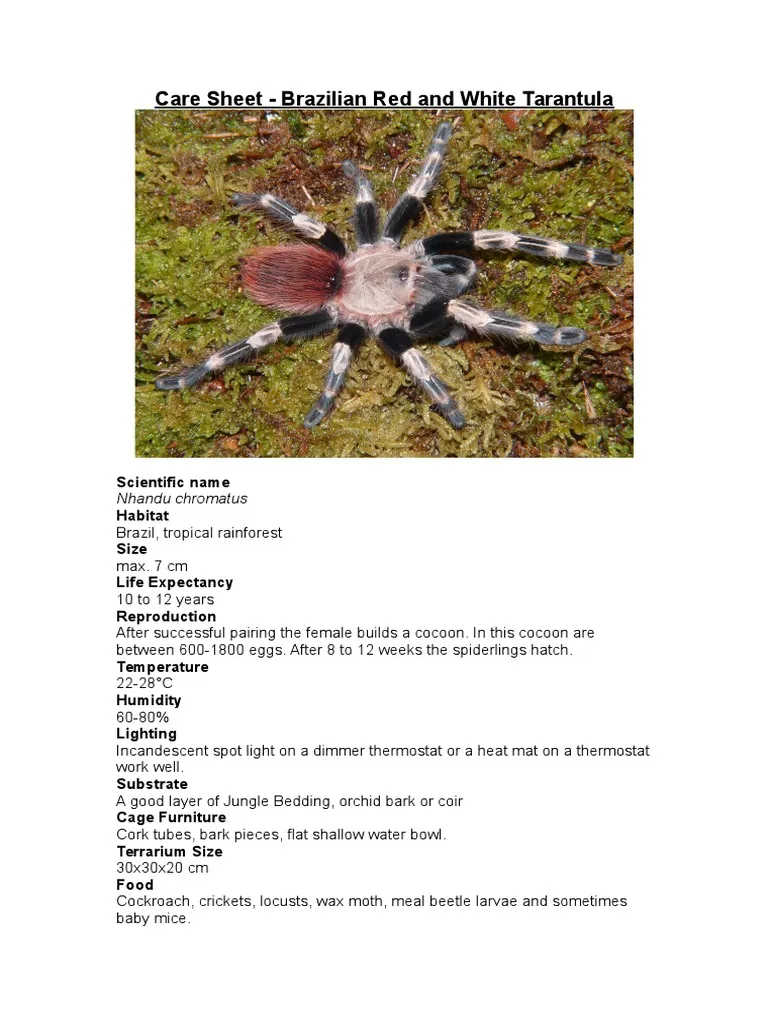
Like all pets, Brazilian Red and White Tarantulas can experience health issues. Recognizing and addressing potential problems early on is crucial for your tarantula’s well-being. Regularly monitor your tarantula’s behavior, appetite, and physical condition. Promptly identify any signs of illness or distress to ensure your tarantula receives appropriate care. Consulting with a veterinarian experienced in exotic animals can be essential when dealing with complex health concerns. A well-informed approach will help you provide the best possible care for your pet.
Common Health Issues
Some common health issues include dehydration, mites, and fungal infections. Dehydration can occur if the tarantula doesn’t have access to clean water or if humidity levels are too low. Mites can infest the tarantula and cause irritation; treatment often involves cleaning the enclosure and using mite-specific treatments. Fungal infections can arise from poor ventilation or excess humidity. Early detection and treatment are essential to mitigate the infection. Symptoms of a sick tarantula may include lethargy, loss of appetite, unusual posture, or discolored patches on the body. Immediate veterinary care is crucial if your tarantula exhibits these symptoms. Careful observation and prompt responses are essential.
Molting and What to Expect
Molting is a natural process where tarantulas shed their exoskeleton to grow. Before molting, your tarantula may stop eating, become less active, and appear sluggish. The tarantula might also create a web mat to prepare for molting. During molting, the tarantula lies on its back and gradually emerges from its old exoskeleton. Do not disturb your tarantula during this process. Provide a safe and humid environment. After molting, the tarantula’s new exoskeleton is soft and vulnerable. Avoid handling the tarantula for several days until the exoskeleton hardens. Molting frequency decreases as the tarantula ages, but it remains a vital part of its life cycle. Do not be alarmed if your tarantula stays in one place for a long time before or during a molt.
Troubleshooting Enclosure Issues
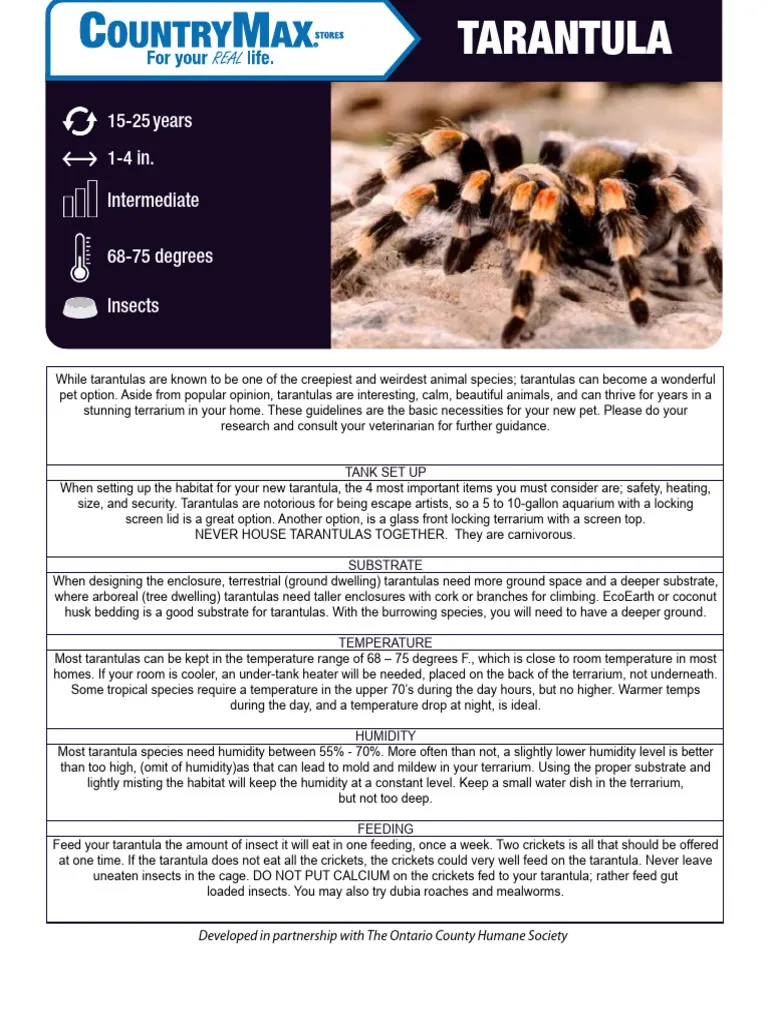
Several issues can arise within the enclosure that need to be addressed promptly. Mold growth is a common problem associated with excessive humidity or poor ventilation. Increase ventilation or reduce the frequency of misting to resolve this. Escapes can occur due to insecure lids or gaps in the enclosure. Always ensure the lid is properly secured and inspect the enclosure regularly. Mites can infest the enclosure, so it is crucial to eliminate them immediately. To solve this, thoroughly clean the enclosure and replace the substrate. If the tarantula stops eating, check the temperature, humidity, and the tarantula’s health. If the problem persists, consult with a veterinarian. Consistent monitoring and problem-solving are vital to maintaining a healthy environment for your tarantula.
Conclusion
Caring for a Brazilian Red and White Tarantula can be a highly rewarding experience. By following the guidelines outlined in this care sheet, you can provide your tarantula with the essential requirements to thrive. From selecting the right enclosure to proper feeding, hydration, and recognizing potential health issues, your dedication to its well-being will ensure it lives a long and healthy life. Remember to always prioritize the tarantula’s needs, research thoroughly, and consult with experienced keepers or a veterinarian when necessary. With your care and commitment, your Brazilian Red and White Tarantula can become a fascinating and captivating pet.
